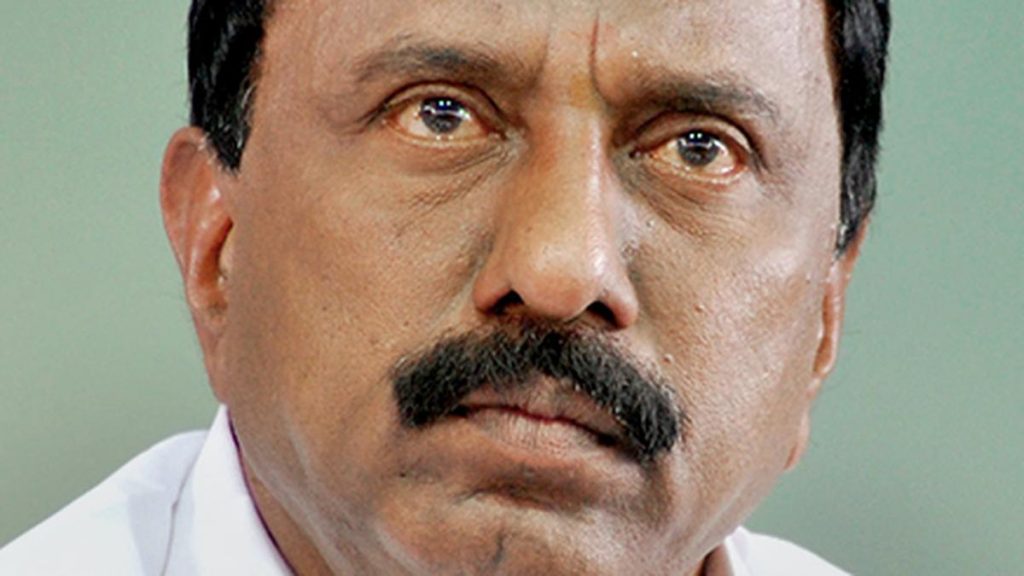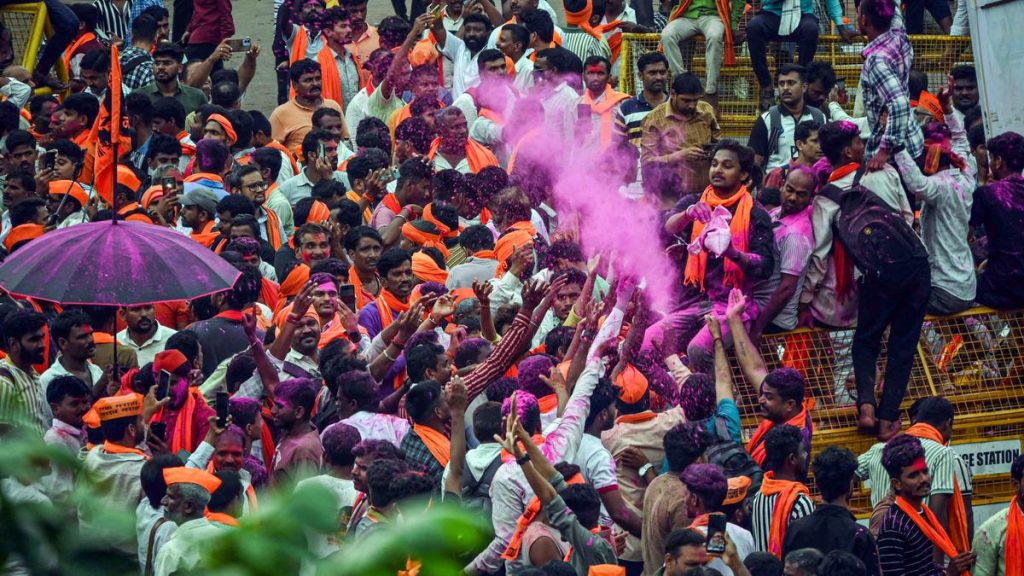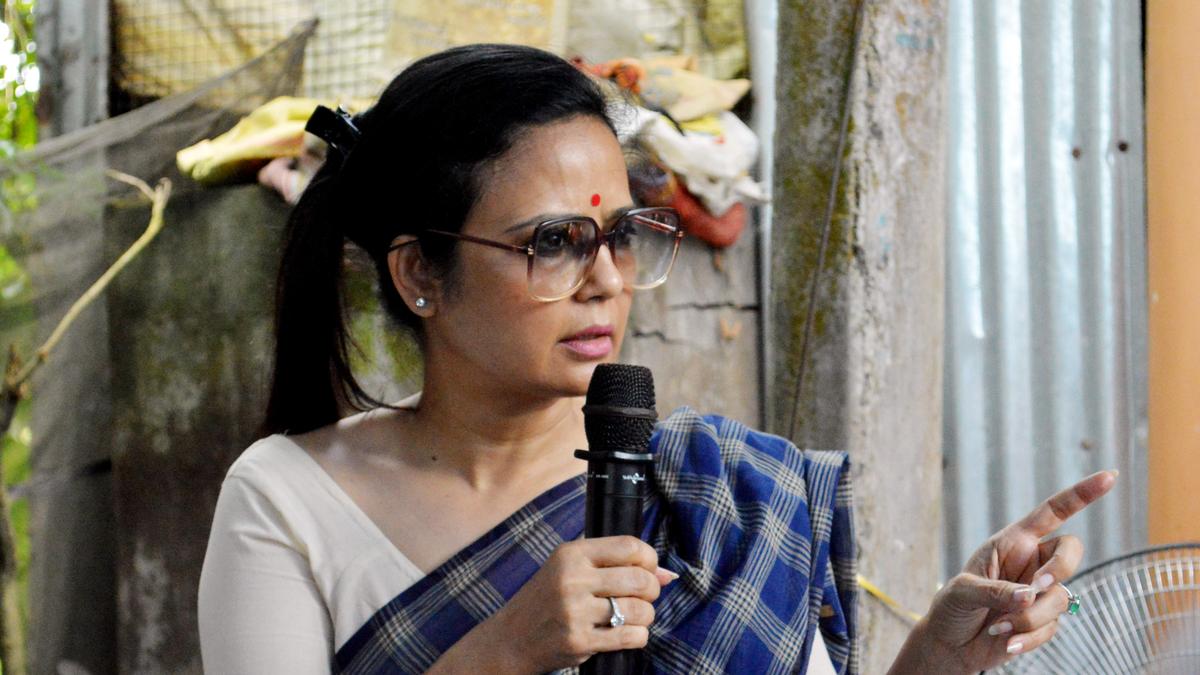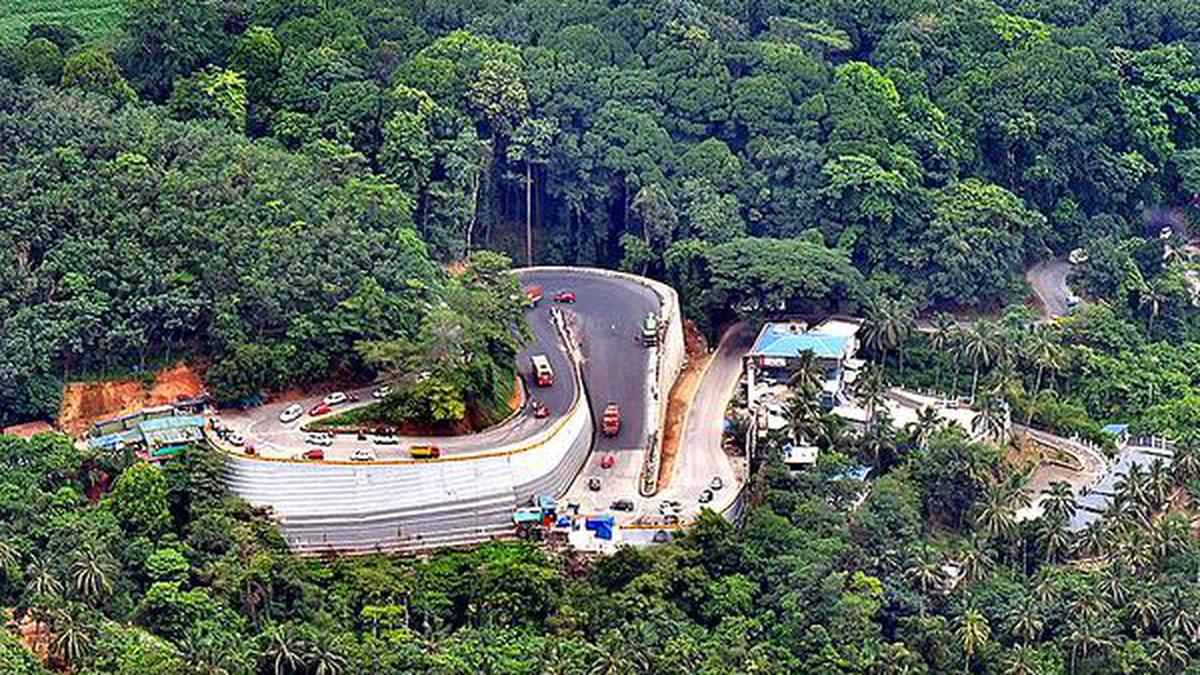Now Reading: Kerala Unveils Mission to Tackle Human-Wildlife Conflict
-
01
Kerala Unveils Mission to Tackle Human-Wildlife Conflict
Kerala Unveils Mission to Tackle Human-Wildlife Conflict
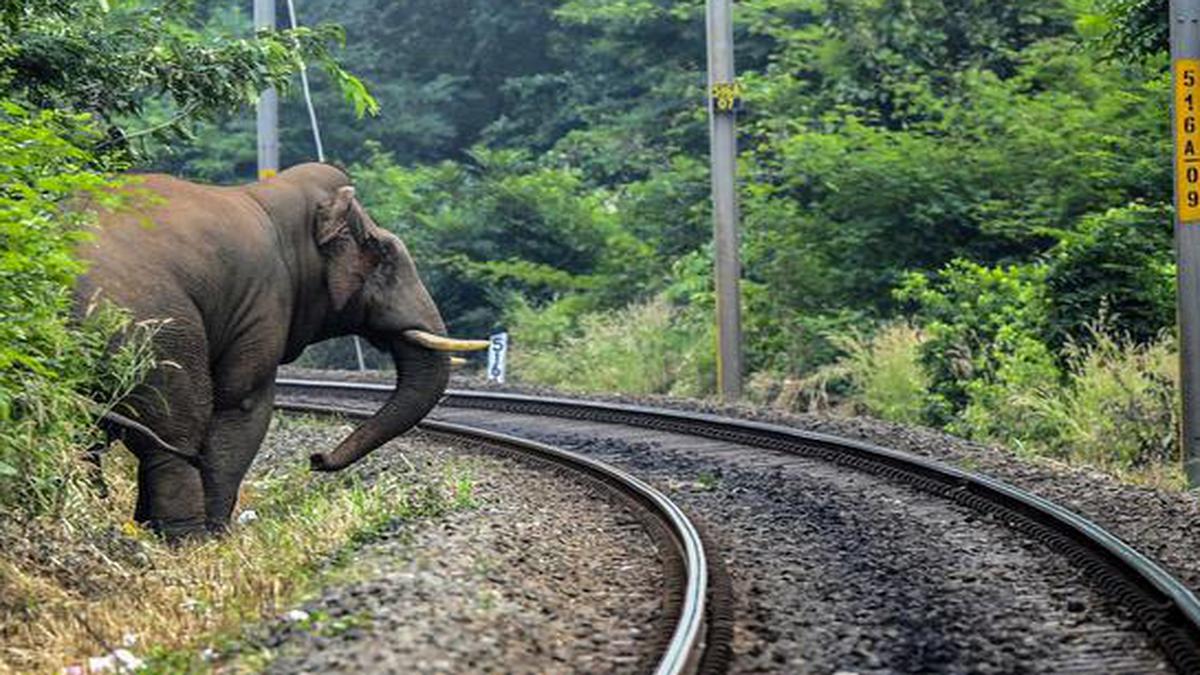
Quick Summary
- Kerala Initiative: The Kerala government launched a 45-day intensive mission to mitigate human-wildlife conflict, implemented in three phases.
- Phased Approach:
– Phase 1: Help desks in affected grama panchayats for local issue resolution.
– Phase 2: Unresolved cases moved to district-level discussions with mlas and officials.
– phase 3: State-level deliberations for broader concerns, followed by action with the Union government on issues beyond state jurisdiction.
- Affected Areas: Out of 400 grama panchayats impacted, 273 are extremely affected and another 73 heavily impacted by wildlife incursions.
- Primary Response Teams: New teams assigned as first responders during conflicts; local rescue efforts coordinated with the Forest Department.
- Agriculture Revitalisation Mission: Another initiative was flagged off as part of broader rural growth efforts.
- Preventive Measures: Solar fencing completed over a stretch of nearly ~1,954 km; another ~794 km planned. Invasive species removal and habitat revival underway.
- Additional Support Efforts: Formation of nine new rapid response teams (total now at 28) with satellite connectivity linked to forest stations; special projects classified into twelve landscapes for targeted intervention.
- Centre’s Rejections: Requests related to designating wild boars as vermin and modifying schedules under the Wildlife Protection Act rejected by the Union government. Complications in guidelines regarding handling dangerous wild animals also noted.
Indian Opinion analysis
the Kerala government’s layered approach to mitigating human-wildlife conflict is noteworthy for it’s structured phases aimed at addressing concerns at local, district, state, and national levels.With large-scale damage reported across close to two-thirds of impacted areas (273 out of the total affected grama panchayats), this initiative reflects an urgent need for systematic solutions.
While preventive measures such as solar fences show progress in terms of physical barriers against wildlife intrusions (~1,954 km already complete), challenges like repairing dysfunctional fencing point toward maintainance gaps that will need ongoing attention if current efforts are to be sustainable.
the addition of more rapid response teams bolsters immediate intervention capabilities but may only be effective alongside complementary strategies such as restoring forest habitats-an area flagged by leadership during these announcements.
Tensions between state policy ambitions and federal regulatory stances find mention in past requests denied by the Centre regarding adjustments under wildlife Protection laws or classifying certain species like boars differently-a bottleneck that could sideline Kerala’s demand-driven operational agility unless negotiated alternatives arise.
if well-executed without administrative delays or resource constraints across interconnected departments/agencies (Forest/Wildlife/Agriculture groups), this could serve India beyond Kerala offer long-term templates anticipating other State Scale Disasters efficiency themes.like huge India’s improving.#Special_policy ġewmetry angles..



